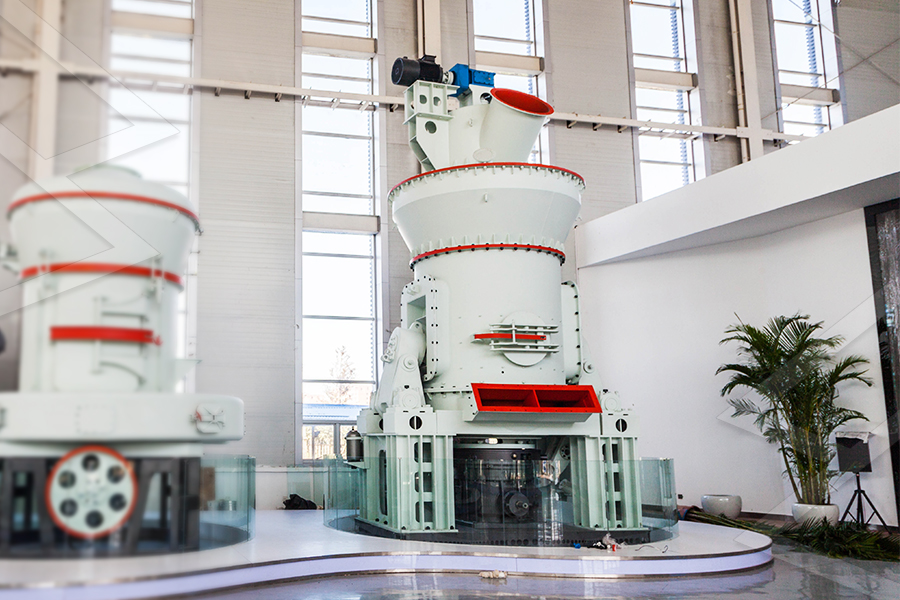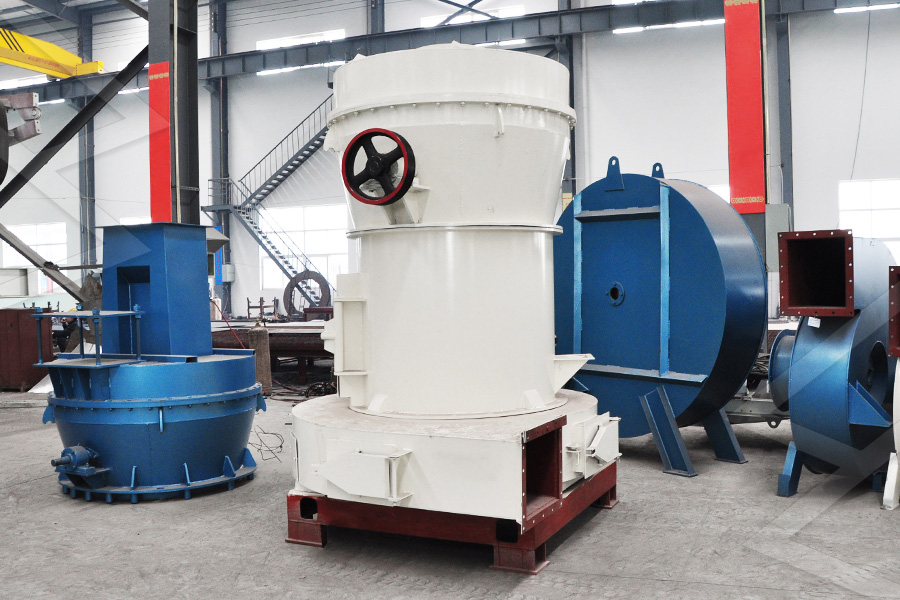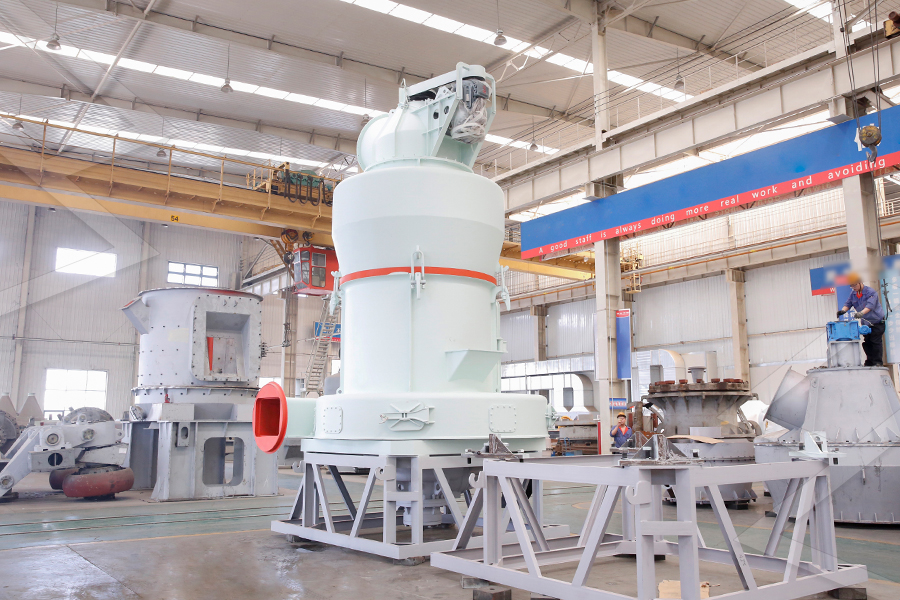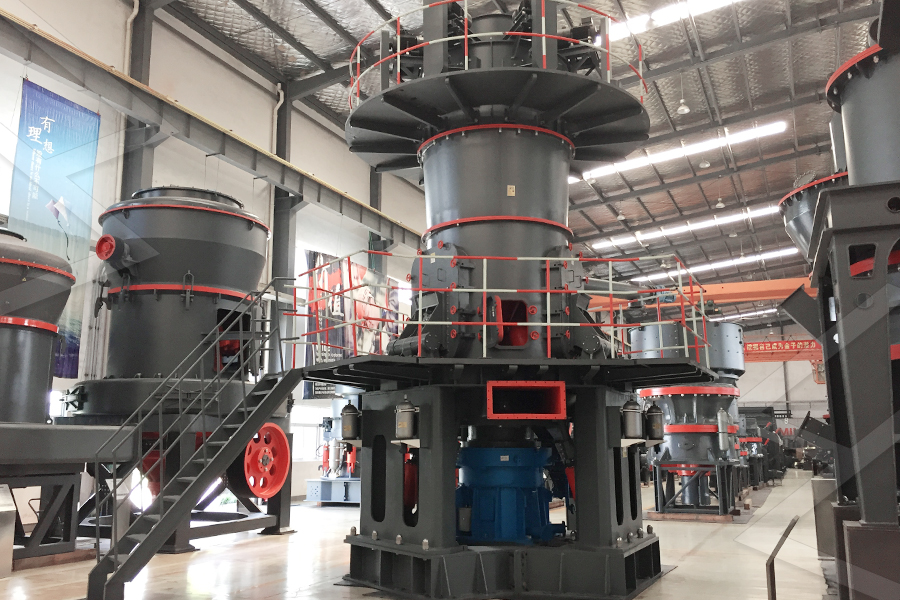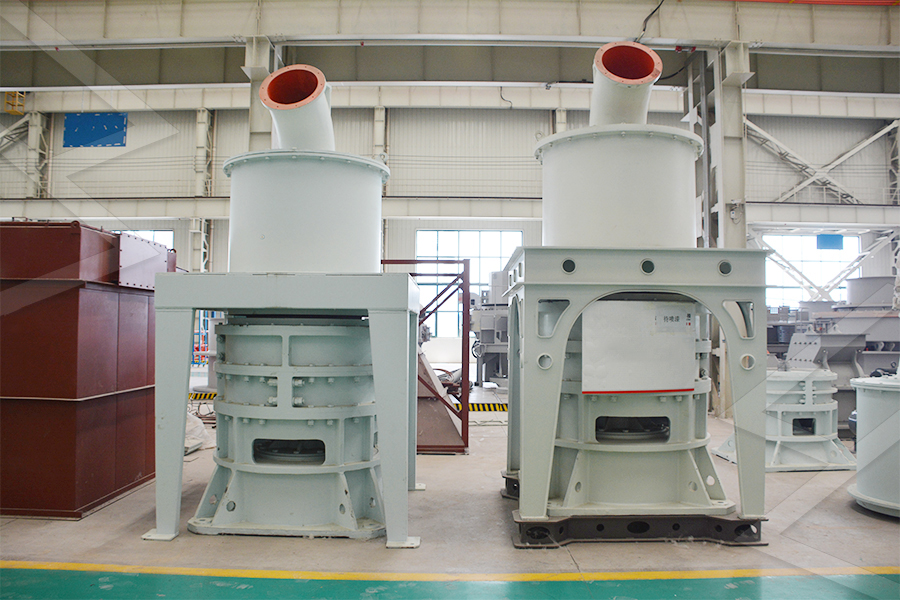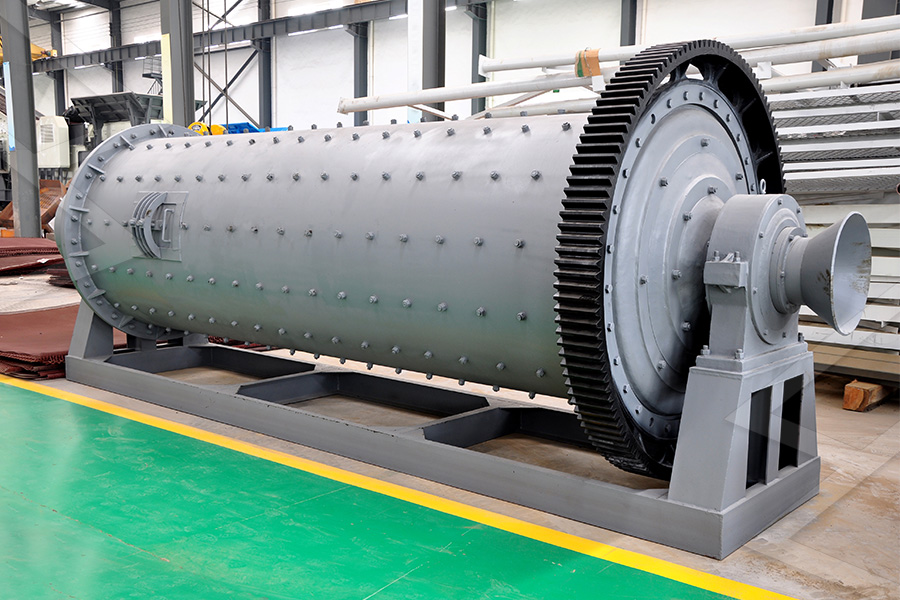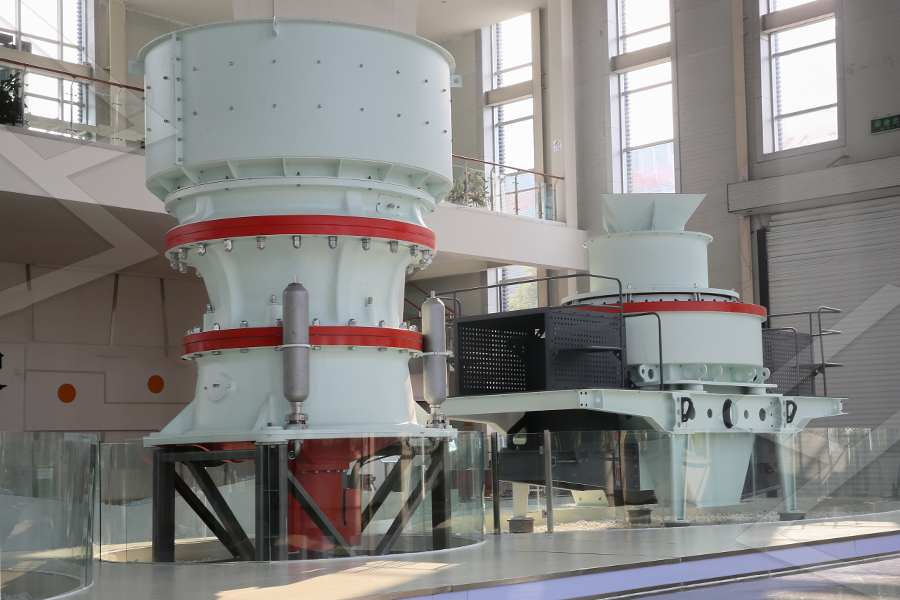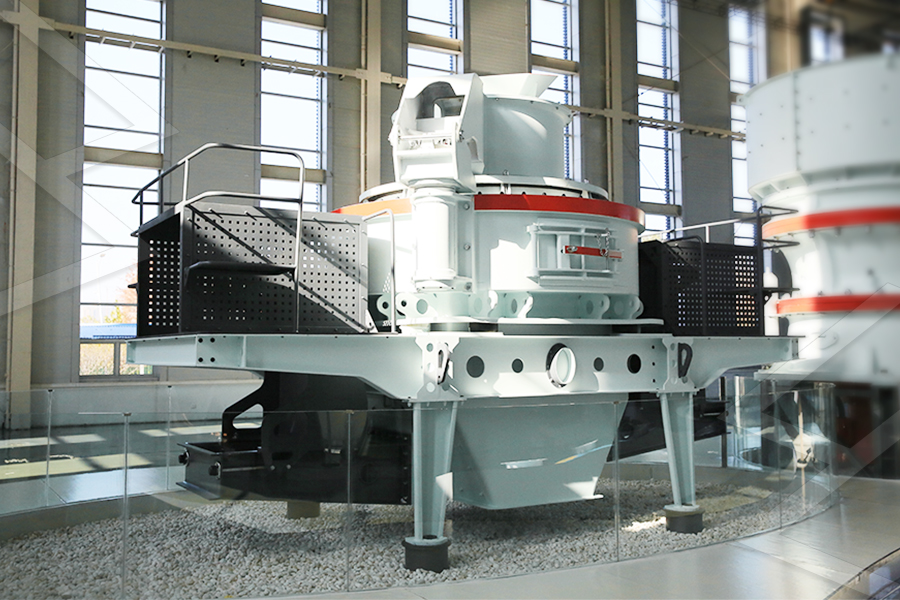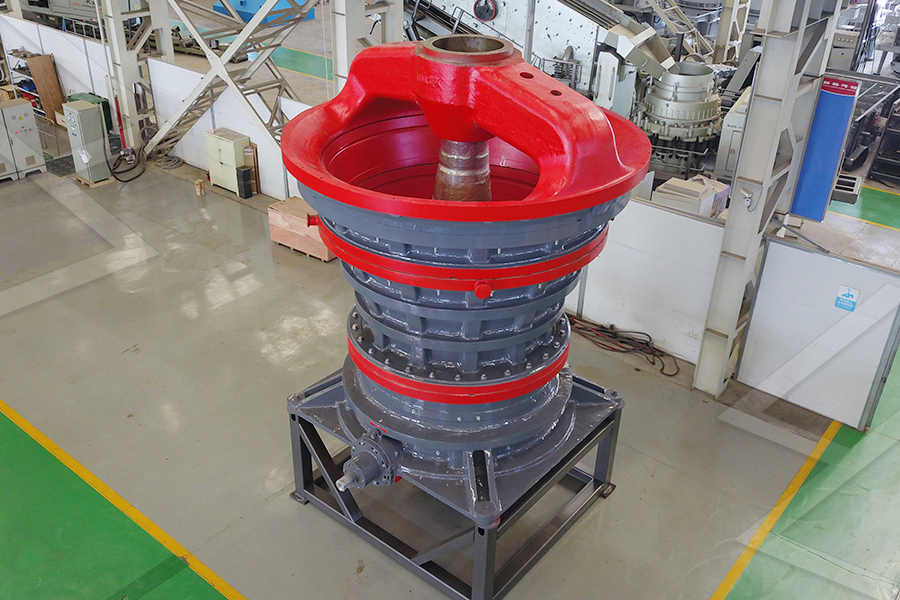While the grinding project’s output is 120-mesh gypsum powder, the powder is immediately transported to the client’s calcination plant (adjacent to the grinding line) for further processing. Calcination involves heating the gypsum powder to 150-170°C to remove 1.5 molecules of water, forming calcined gypsum (CaSO₄·0.5H₂O)—also known as “stucco.” The 120-mesh fineness ensures uniform heating during calcination, preventing over-calcination (which reduces strength) or under-calcination (which causes slow setting). The calcined gypsum is then mixed with water, paper pulp, and additives to form gypsum board cores.
Quality Control and Safety
QC tests are conducted every 4 hours: (1) Particle size (laser analyzer) to confirm ≥98% pass 120 mesh; (2) Moisture content (halogen meter) to ensure <1%; (3) Purity (XRF) to verify CaSO₄·2H₂O ≥85%. The Raymond mill is inspected weekly for roller wear—worn rollers (with a diameter reduction of >5mm) are replaced to maintain grinding efficiency. Safety measures include: (1) Dust detectors in the production area (alarm triggered if dust >10 mg/m³); (2) Emergency stop buttons on all equipment; (3) Operators wear heat-resistant gloves and safety glasses (due to hot air in the mill).
Environmental and Economic Performance
The project uses a heat recovery system to capture waste heat from the Raymond mill’s exhaust (150-170°C) and reuse it to preheat the incoming hot air, reducing natural gas consumption by 20% (saving ~1,200 cubic meters per day). The pulse bag filter’s dust collection efficiency of 99.9% ensures compliance with the US EPA’s National Emission Standards for Hazardous Air Pollutants (NESHAPs), which limit gypsum dust emissions to <15 mg/m³. Economically, the project reduces the client’s raw material costs by 25% compared to purchasing pre-ground gypsum powder, with a payback period of 18 months.
